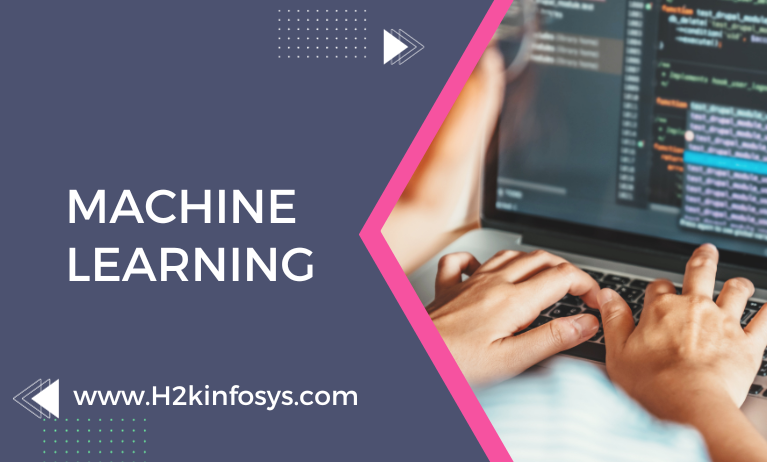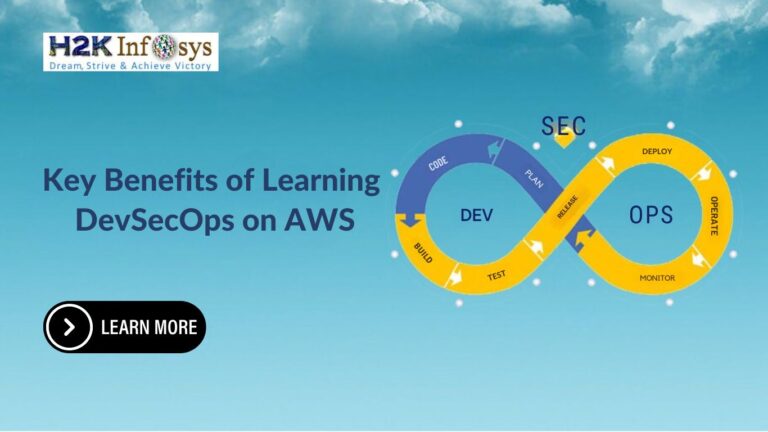Machine learning can be called as a branch of Artificial Intelligence and also computer science that may concentrate on use of data algorithms which is going to imitate humans. Machine learning is important component of the growing field of data science. Over the use of statistical methods, algorithms will be trained to make these classifications or predictions and to uncover very important insights of data mining projects. These insights are drive the decision making within the applications and businesses impacting key growth metrics. Machine learning algorithms will be typically created using framework that accelerate solution development like Tensorflow and pytorch.
How machine learning works?
UC Berkeley divides machine learning into three learning system of a machine learning algorithms
- A Decision Process- The machine learning algorithms are used o make a prediction or may be classification. That is depend on input data that can be labeled or unlabelled the algorithm will produce an estimate about the pattern in the data.
- The error function- An error function evaluates the prediction of the model. If there are known examples an error function will make a comparison to assess the accuracy of the model.
The Machine Learning Methods:
There are many machine learning methods:
1.Supervised machine learning-
Supervised machine can be known as supervised machine learning is defined by its use of the labeled datasets to train the algorithms to classify data or predict outcomes. The input data is fed into the model the model adjusts its weights until this has been on the fitted properly. It will comes part of cross validation process to ensure that model avoids overfitting or may be under-fitting. Supervised learning helps the organisation solve a variety of real world problems at scale like classifying spam in a separate folder from the inbox. The methods used like supervised learning include neural networks, logistic regression and random forest and also support vector machine.
2. Unsupervised machine learning-
This is also called as unsupervised learning algorithms that analyse and cluster unlabelled datasets. This algorithms discover hidden pattern or data groupings without the need of human intervention. This method’s ability to discover similarities and also differences in information make it a deal for the pattern recognition. It can be used to reduce the number of features in a model through the process of dimensionality reduction. Principal component analysis and single value decomposition are two approaches.
3. Semi-supervised learning-
Semi-supervised learning may offer medium between supervised and unsupervised learning. While the training it uses the similar labeled data set to guide classification and feature extraction from the larger, unlabelled data set. Semi-supervised learning can give the solution for problem of not having enough labeled data for a supervised learning algorithm.
Challenges of Machine Learning:
Implementing machine learning in business will have raised a number of ethical concerns about AI technologies. Some are
1. Technological singularity-
While there are many top garners, a lot of public attention, many researchers will not concerned with the idea of AI surpassing human intelligence in the near future. Technological singularity is also referred to as AI or super intelligence. Apart from the fact super intelligence will not be imminent in society; the idea of it raises some interesting questions as we may consider the use of autonomous systems, like self driving cars. It is unrealistic to think that a driverless car would never have an accident.
2. AI impact on jobs-
A lot of public perception of an artificial intelligence centers around the job losses this concern should probably be reframed. Here with every disruptive new technology we see that market demand for specific job roles shifts. For example when we look at the automotive industry, many manufacturers, like GM are shifting to focus on an electric vehicle production to align with green initiatives. The artificial intelligence will shift the demand for jobs in other areas.
Questions
1. What is machine learning?
2. Write the difference between machine learning and deep learning?
























4 Responses
What is Machine Learning?
Machine learning is a branch of artificial intelligence, which is broadly defined as the capability of a machine to imitate intelligent human behavior. It is based on the idea that the systems can learn from data, identify patterns and make decisions with minimal human intervention.
In simpler terms machine learning enables computers to learn from data and make decisions or predictions without being programmed to do so.
Difference Between Machine Learning and Deep Learning.
Machine learning and deep learning are both types of AI. Machine learning is AI that can automatically adapt with minimal human interference. Deep learning is a subset of machine learning that uses artificial neural networks to mimic the learning process of the human brain.
Machine learning can train on smaller data sets and requires more human intervention to correct and learn whereas Deep learning requires large amount of data and learns on its own from environment as past mistakes.